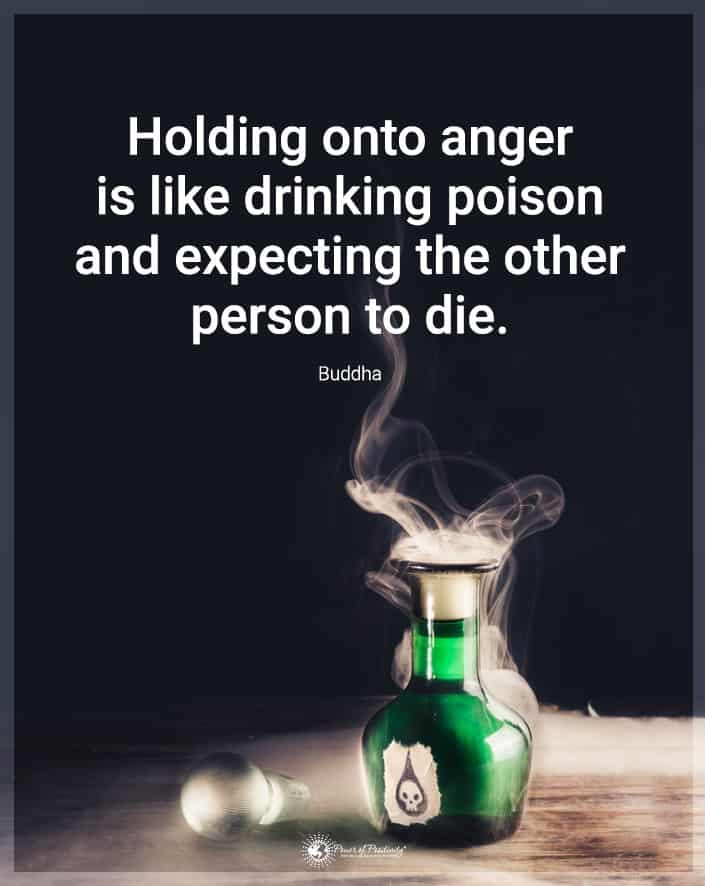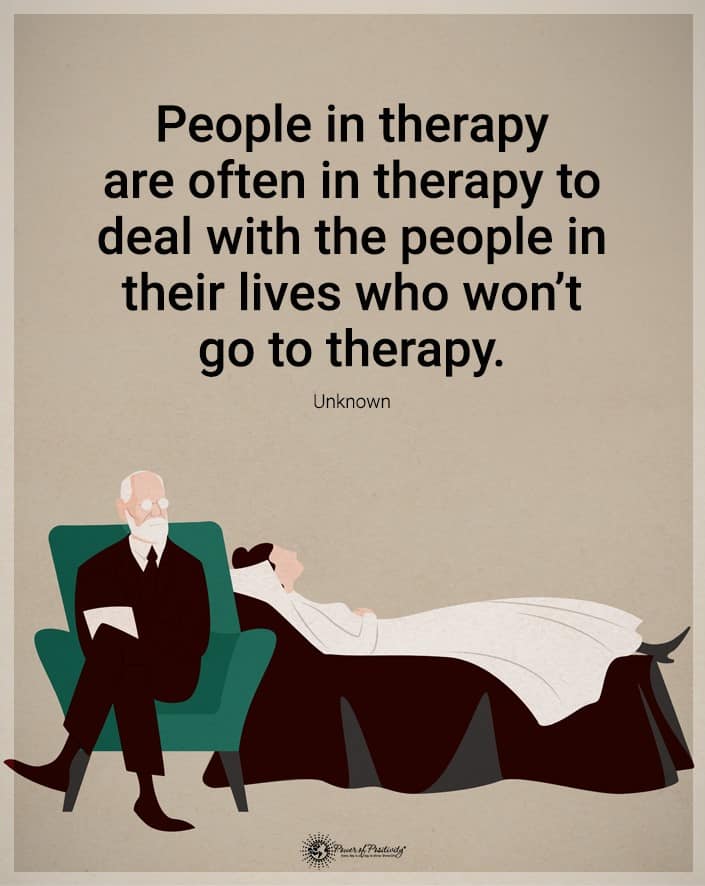Emotional abuse is a painful and traumatic experience that can severely harm its survivors. Since it doesn’t leave physical wounds, it’s worryingly easy to overlook. Many don’t realize that it is often just as damaging as a physical form of mistreatment. Thus, it’s essential for you to identify the stages of emotional abuse.
Because of how difficult it can be to spot emotional abuse, it’s even more crucial that you are capable of recognizing it. And, once you realize it, it’s also vital that you know how to get out and recover.
The Four Stages Of Emotional Abuse
Here are the four stages of emotional abuse and how to heal from that abuse.
Stage One of Emotional Abuse: Tension-Building
Tension can build from various stressors in daily life. These can include:
- Work-related troubles
- External sources of trauma
- Family issues, including marital problems or child-related conflict
- Illness of any kind
- Natural disasters
- Various miscommunications or misunderstandings
- Exhaustion or tiredness
- Legal or financial issues
- Lack of peace in the environment
 Here’s how an abuser feels during the first stages of emotional abuse:
Here’s how an abuser feels during the first stages of emotional abuse:
An abuser who experiences a buildup of tension from these sources may begin to experience various mounting emotions. These feelings intensify and become disproportionate over time, typically remaining unexpressed as they build. Those experiences can develop to their peak in as short as a few minutes or as long as a few months. They may feel:
- Paranoid
- Powerless
- Wronged
- Ignored
- Dissatisfied
- Like a victim of injustice
- Frustrated
- Angry
- Annoyed
Of course, lots of people experience these emotions in response to stressors. Some may even find themselves having to focus more on controlling their emotions when dealing with high-intensity situations. But the difference is that with abusers, this is a start of a harmful cycle towards their victims.
At this time, victims of the abuser may begin to feel anxious. They might try extra hard to appease their abuser and become hyper vigilant around them. An abuse victim who has been through this cycle many times may resort to becoming extremely compliant. They could also go the opposite direction, attempting to provoke the abuser. This is done to get the stages of emotional abuse over with as quickly as possible, say experts.
Stage Two of Emotional Abuse: Incident
The incident here refers to the incident of emotional abuse. This is when the tensions from stage one erupt, manifesting in abusive behavior from the abuser. Though a lot of research focuses on physical abuse, experts state that this applies to verbal and psychological abuse, too.
The abuser uses this incident, instigated by them, as a way of releasing their nervous energy. They may feel justified in their acts of domination towards their victim, sometimes even believing their victim deserved it. They often see abuse as a means of regaining control over their tense and stressful life by seizing power. This abuse can include:
- Controlling behavior
- Blackmail
- Emotional manipulation and gaslighting
- Isolating their victim
- Threatening destruction or harm
- Invalidation of concerns or behavior
- Baseless accusations
- Calling their victim names or using insults
- Neglect
- Acting superior
Stage Three of Emotional Abuse: Reconciliation
Now that you released the tension, the abuser seems to change completely. Their goal now is to move past the incident. This may be because they want to avoid losing a relationship or due to feelings of remorse. Whatever the case, they begin to take action to leave the incident behind.
An abuser may use different methods to promote reconciliation with their victim. They might:
- Behave in an incredibly kind and loving way towards their victim.
- Give gifts to or perform acts of service for their victim.
- Offer remorse-filled apologies and proclaim sadness for the incident.
- Provide promises to change, never to complete the behavior exhibited during the incident again.
- Ignore the incident and revert to the way the relationship was before the building of tension.
When these reconciliatory behaviors are being performed, the victim will still be recovering from the incident. They will likely feel humiliated, afraid, disrespected, hurt, and confused. They may even feel like they are to blame. The sudden and intense reconciliatory efforts will take advantage of the victim’s emotional state.
The reconciliation also releases feel-good hormones like oxytocin and dopamine. These hormones trigger positive thinking and can make the relationship feel like it’s in a honeymoon phase. A victim is more likely to forgive and accept the prior incident due to these feelings. They may even feel like things are finally looking up and may become sympathetic towards their abuser.
Stage Four of Emotional Abuse: Calm
A sense of normalcy may return to the relationship between the abuser and the victim. Peace finally descends. If they wish to continue, both parties will now have to find a way to justify what occurred. The abuser will have to find ways to write off what they did, and the victim will need to excuse their actions. Here’s what might happen during the final stages of emotional abuse:
- The abuser may agree to go to therapy or joint counseling.
- Your abuser may ask for forgiveness, which becomes less sincere with each repeat of the cycle.
- Your abuser may apologize while shifting blame to other people and factors.
- The abuser may try to frame the incident so that it suggests the victim provoked them into it.
- The abuser may minimize their actions and insist it wasn’t that bad.
- A victim, if they are reliant on their abuser, may justify staying for practical reasons.
- The victim may become slowly gaslit and convinced by their abuser, causing the truth of the situation to slip.
- Both parties in the relationship may engage in intense forms of affection to prove its continual existence.
Over time, this calm period will eventually end, and tension will start to build again. If no intervention prevents the abuser’s actions, the cycle will continue. Often, the process becomes worse and escalates over time, potentially progressing from emotional to physical abuse or simply increasing in intensity. This can also make stages three and four shorter and shorter over time.
 The Theory Of The Stages of Emotional Abuse
The Theory Of The Stages of Emotional Abuse
The four stages of emotional abuse are part of a social cycle theory known as the cycle of abuse. This cycle was developed by Lenore E. Walker, founder of the Domestic Violence Institute and psychologist, in 1979. Her research in interviewing 1,500 survivors of domestic violence led her to discover the pattern.
It is worth noting that this theory has its fair share of critics. After all, not all abusive relationships may fit these criteria. Still, the stages of emotional abuse are somewhat accepted as commonplace enough for generalization. But it’s a good idea to be aware of the detractors regardless, so you don’t dismiss your abuse just because it doesn’t follow those stages.
Common criticisms of the theory include these:
- It does not focus on empirical data but some ideological presumption.
- They developed the theory concerning battered women in heterosexual relationships. As such, it may not be accurate for survivors of other genders or non-heterosexual relationships.
- It seems to suggest that it’s possible to predict abuse, which can cause victim-blaming.
- It’s overly general and can be falsely applied too easily.
- The theory is overly simplistic, especially when compared to further breakdowns, like the fourteen-stage model by Scott Allen Johnson.
The original individuals interviewed for this research provided anecdotal data and were explicitly chosen, damaging scientific validity.
How To Heal From Going Through the Stages of Emotional Abuse
1. Acknowledge And Admit To The Abuse
Many survivors of emotional abuse can remain in denial of what they experienced. This is because the very nature of emotional abuse makes it difficult to realize that it’s even occurring. But to heal, you must fully acknowledge what happened. You cannot recover from an enemy that you will not look at.
It’s worth noting that acknowledging abuse also involves recognizing the abuse you perform on yourself. It’s easy for an abuser’s voice to become internalized. Their words and actions may have changed the way you think, decreasing your positive thinking about yourself. You need to find their voice in your subconscious and acknowledge that it is causing you harm.
2. Stop Blaming Yourself
Abuse survivors tend to blame themselves for what happened to them. Abusers love to pass the blame onto those they hurt, trying to manipulate them into taking responsibility. The pressure of victim-blaming from society certainly doesn’t help matters, either. But you’ve been brainwashed. None of what was done to you during the stages of emotional abuse is your fault. Additionally, keep in mind that:
- Abuse isn’t about the victim. Abusers of any kind will hurt anyone to who they get close enough. It has nothing to do with the quality of your character or who you are as a person. It’s entirely on them.
- Abusers often project their internal struggles and pain onto others. As such, the things they said about you are a reflection of them, not of you.
- You don’t owe anyone a justification for why what you experienced was abuse. Some people won’t see what you went through as abuse. Some people will say you’re sensitive. Don’t let other people make you feel that you’re at fault. The only person who needs to see your struggle as valid is you.
3. Don’t Engage With The Abuser
Abusers thrive off of your engagement with their behavior. Even after getting out of your ties with them, they may still try to goad you or get under your skin. Don’t let them push your buttons, as this will give them the satisfaction that they want.
The next time your abuser tries to start an incident with you, try to disengage if it is safe for you to do so. You can attempt this by:
- Not defending yourself against their words and simply ignoring them.
- Not apologizing for what they accuse you of.
- Walking away and going to the safety of someone you trust.
- Distracting yourself by thinking about other things or focusing on your determination to escape the situation.
- Remember that reacting and engaging will only give an abuser what they want.
4. Seek Help in Recovering from the Stages of Emotional Abuse
One of the most crucial and positive ways to heal from suffering through the stages of emotional abuse is to seek help. Abuse is traumatic, and you don’t have to try to recover from it on your own. You can seek help by speaking to or reaching out to those you can trust. This may include:
- Friends
- Family members
- Teachers
- Religious leaders
- Professionals, like therapists or counselors
- Survivor support groups
- Domestic violence hotlines
Remember that you are not alone, and building a support system of people who treat you well is vital to healing. When you’re uplifted by those around you, you’re less easily swayed by the actions of an abuser.
 Final Thoughts On The Four Stages Of Emotional Abuse And How To Heal
Final Thoughts On The Four Stages Of Emotional Abuse And How To Heal
There is no excuse for emotional abuse. So if you’re a survivor of such an ordeal, know that you can heal and achieve a whole and positive life, free from the clutches of those who hurt you.




















